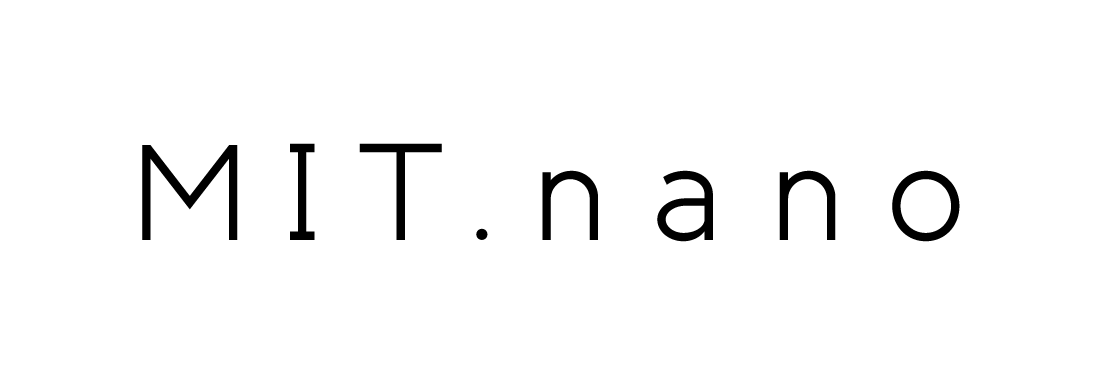Moungi Bawendi
Lester Wolfe Professor of Chemistry, MIT
SENSE.nano 2021
Tuesday, October 26
Session 3: Imaging
1:55 PM - 2:10PM EDT
Abstract
Chronic liver diseases developing from fatty liver constitute an evolving public health problem. We strategically combine 808 nm excitation with near infrared (NIR) and shortwave infrared (SWIR) detection to reliably monitor liver injury in vivo in mice by label-free imaging of the endogenous biomarker, lipofuscin, which is surprisingly bright under these conditions. In the NIR/SWIR optical window, tissue is rendered translucent while interfering background signals are suppressed, allowing for noninvasive imaging. As a result, we show that NIR/SWIR imaging of lipofuscin can discern pathology from normal liver processes with high specificity and high sensitivity. We monitor the longitudinal progression and regression of liver necroinflammation and fibrosis in vivo in models of non-alcoholic fatty liver disease and advanced fibrosis. Furthermore, we show that human tissue can also be clearly distinguished as non-alcoholic steatohepatitis (NASH) or NASH-cirrhosis by lipofuscin autofluorescence in the NIR/SWIR. We develop computational methods to remove lipofuscin autofluorescence from pre-clinical and clinical tissue slices stained for immunofluorescence.
Biography
Professor Moungi Bawendi is the Lester Wolfe Professor of Chemistry at MIT. Professor Bawendi has pioneered an interdisciplinary research program that has probed the science and technology of chemically synthesized nanostructures. He was one of the initial developers of the field of colloidal quantum dots. His laboratory has advanced electro-optic applications of thin film hybrid nano-materials for light emission, spectral sensing, and solar energy harvesting. His group has advanced novel tools for in-vivo imaging. His work has included: (1) the development of methods for synthesizing, characterizing, and processing quantum dots, magnetic nanoparticles, and tubular J-aggregates, (2) studying the fundamental optical and magnetic properties of nanostructures using a variety of spectroscopic methods, including the development of photon correlation tools to study single nanoscopic emitters, (3) incorporating quantum dots, magnetic particles, and thin film materials into optical and electronic device structures, and (4) developing optical tools and probes, including nanoparticles and other imaging agents, for biomedical imaging. Hi laboratory has translated knowledge gained in his lab to the marketplace and to the clinic. Professor Bawendi is a fellow of the American Association for the Advancement of Science, a fellow of the American Academy of Arts and Sciences, and a member of the US National Academy of Sciences.

